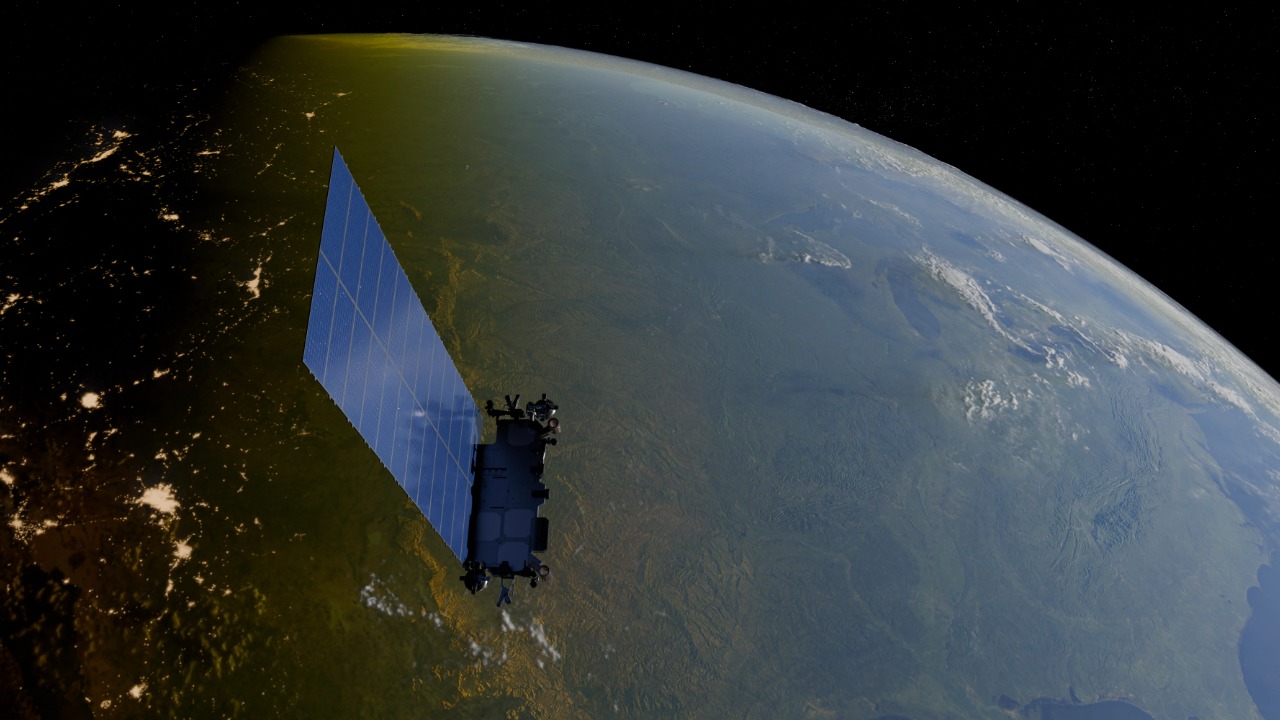
Starlink, a satellite internet constellation being constructed by SpaceX, has recently demonstrated an impressive capability of up to 10 gigabit per second internet speeds aboard the Star of the Seas cruise ship. This achievement marks a significant milestone in satellite-based connectivity for maritime environments. In addition, Alaska Airlines is set to implement Starlink for inflight connectivity, enhancing passenger experiences across its fleet. Furthermore, SpaceX is reportedly developing a new Starlink dish capable of gigabit speeds, potentially expanding high-bandwidth options for users.
Understanding Starlink’s Core Technology

Starlink’s high-speed data transmission is enabled by its low Earth orbit satellite constellation. As reported by Tom’s Guide, the number of satellites deployed plays a crucial role in reducing latency, thus improving the speed and reliability of the connection. The phased array antenna in Starlink user terminals supports dynamic beamforming, which allows for faster connections in various environments.
Frequency bands like the Ka-band and V-band contribute to the theoretical maximum throughput without network congestion. These bands are less susceptible to interference and can support higher data rates, making them ideal for Starlink’s operations.
Recorded Peak Speeds in Real-World Tests

The 10 gigabit per second speed achieved on the Star of the Seas cruise ship is a testament to Starlink’s potential. According to BGR, this setup involved multiple antennas for aggregated bandwidth. However, typical download speeds for residential users range from 50 to 500 Mbps, with peaks influenced by location and satellite density.
Upload speeds can reach up to 20 Mbps in standard configurations, but this can vary based on user terminal hardware. Despite these variations, Starlink’s speeds are consistently higher than many traditional broadband services, particularly in remote or underserved areas.
Starlink’s Application in Maritime Settings
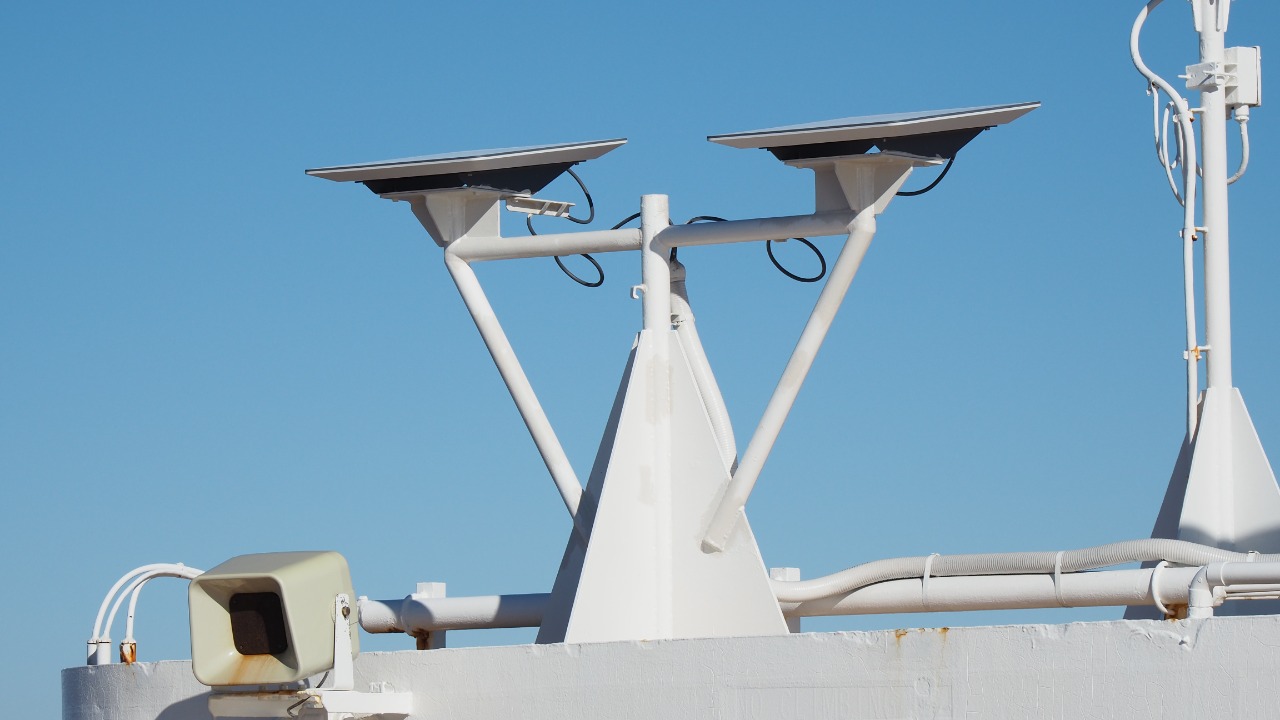
The implementation of Starlink on the Star of the Seas cruise ship serves as a benchmark for cruise line connectivity. As reported by BGR, the seamless integration of Starlink’s technology has enhanced onboard entertainment and operations. However, challenges such as ship motion and ocean coverage remain. Starlink’s satellite handoff ensures minimal downtime, maintaining a stable connection even in the middle of the ocean.
Bandwidth allocation for multiple users on vessels is a critical aspect of maritime deployments. With Starlink’s high-speed connectivity, passengers and crew can enjoy uninterrupted internet access, significantly improving the cruise experience.
Integration with Aviation for Inflight Wi-Fi
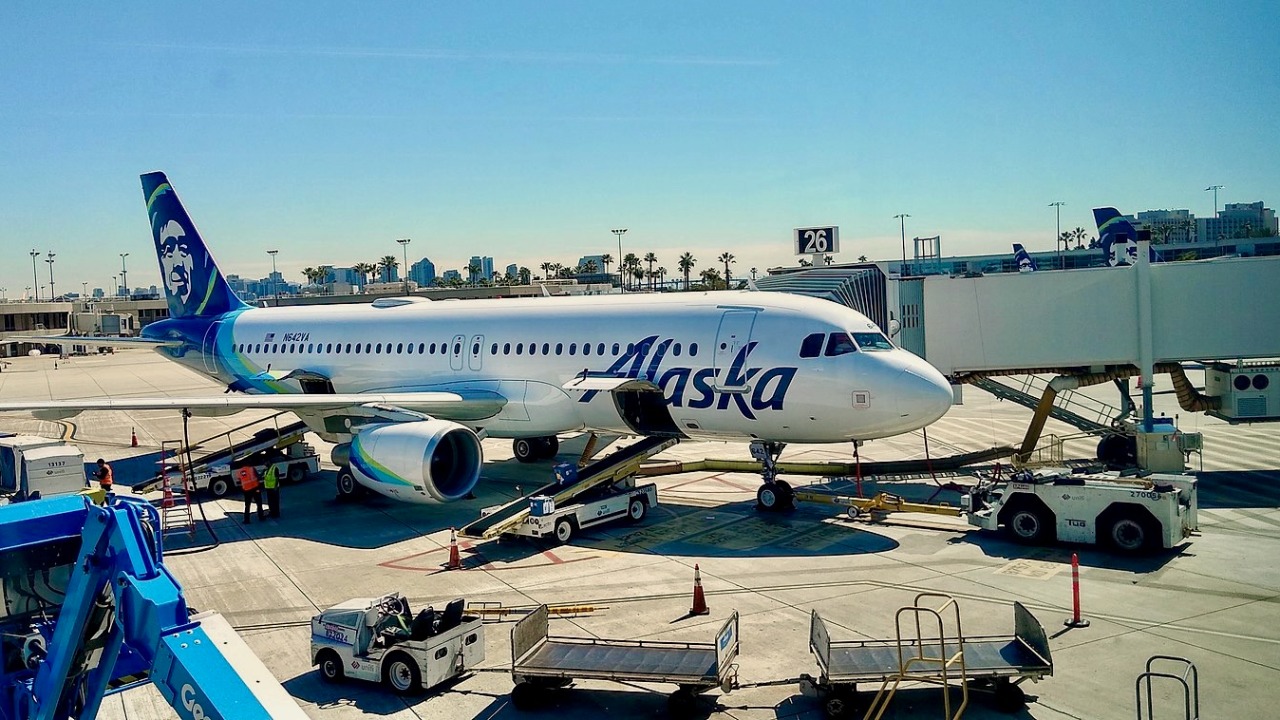
Alaska Airlines’ partnership with Starlink aims to equip its aircraft with high-speed internet. As noted by Alaska Airlines, the goal is to roll out this service across the entire fleet, enhancing passenger access to high-speed internet during flights. Aerodynamic antenna designs for planes play a crucial role in maintaining speeds above 100 Mbps at cruising altitudes.
This integration is particularly beneficial for remote routes, such as trans-Pacific flights, where traditional connectivity falls short. With Starlink, passengers can stay connected even when flying over vast oceans or remote landscapes.
Regional Performance: Focus on Australia
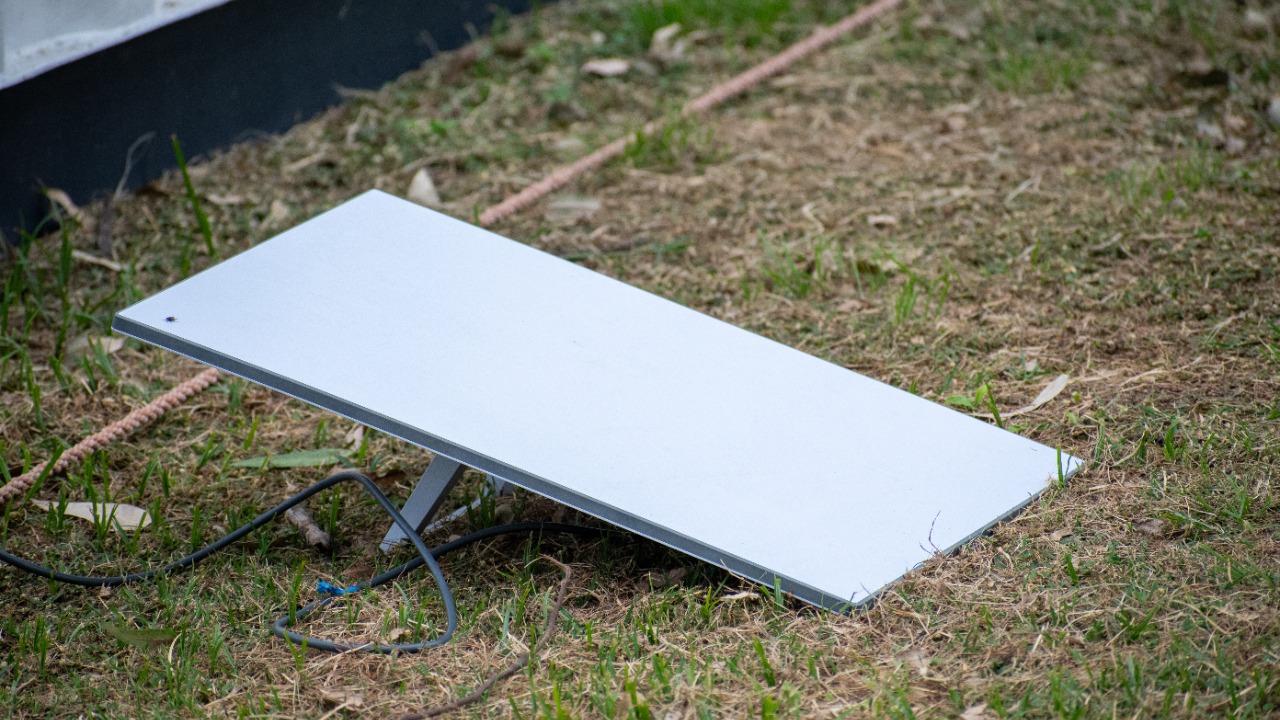
In Australia, Starlink has made significant strides in providing coverage and high-speed internet, particularly in rural areas lacking fiber infrastructure. According to WhistleOut, speeds of up to 150 Mbps are advertised for standard plans. However, environmental factors like vast outback distances can affect peak performance metrics.
Pricing structures and eligibility for Australian users are also important considerations. Despite the challenges, Starlink’s presence in Australia represents a significant step towards bridging the digital divide in the country.
Future Enhancements and Hardware Upgrades
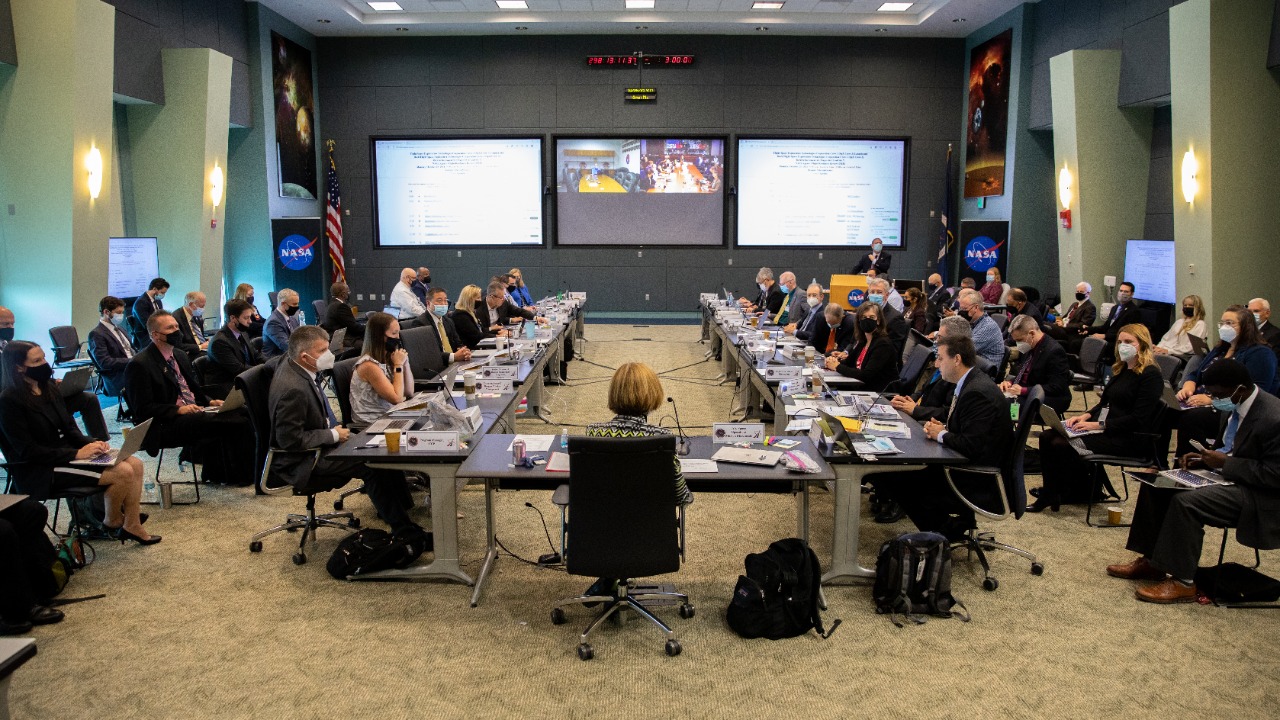
SpaceX is reportedly working on a gigabit-speed Starlink dish, as reported by TechLaBari. This development is aimed at supporting ultra-high-definition streaming and enterprise applications, further expanding the potential uses of Starlink’s service.
Planned satellite launches will increase constellation density, potentially pushing maximum speeds beyond the current 10 gigabit records. Additionally, software updates for user terminals could optimize for faster data rates in congested areas, further enhancing the user experience.